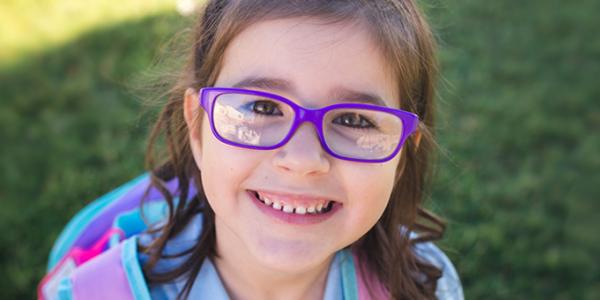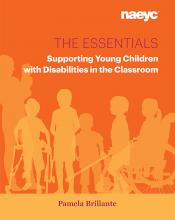Excerpt from The Essentials: Supporting Young Children with Disabilities in the Classroom

Nearly every early childhood educator has taught a child with a disability, but often the disability has not yet been identified. Children grow and develop at their own pace during the early childhood years, and many disabilities that impact learning start to become apparent but are not identified until later. Early childhood educators are often the first professionals to suspect that there is a delay or a disability, and many times they are also the first to start interventions.
Even if a child has been identified as having a disability, she is first and foremost a child. And best practices for young children are best practices for all young children. All children thrive in programs with developmentally appropriate experiences and support for their individual strengths, interests, and needs. Play and exploration, interaction with peers, and appropriate learning challenges are important for every child, and these opportunities should not be limited or denied because of a disability or delay.
Inclusion as a Philosophy and a Practice
Research and experience confirm that many, if not most, children with disabilities can be successfully included in high-quality early childhood programs (Green, Terry, & Gallagher 2014; HHS & ED 2015; Strain & Bovey 2011). Achieving this requires collaboration among all professionals and families, examining your own beliefs, knowing where and how to access resources, and having strong administrative support.
Inclusion looks different for each child—it always depends on what a particular child needs to be successful. Many children have difficulty with some routines and activities during the classroom day, but not with all of them. You might change or modify a specific routine or activity a child has trouble with so it is not as difficult for her, or you might set different expectations for that child for that activity only; most likely, this would not be necessary for every part of the school day.
Depending on a child’s needs, he might participate in a classroom with his peers without disabilities for part of the day rather than full time. Sadly, many children do not have even this opportunity; in schools and programs across the country, large numbers of children with disabilities are still served in segregated special education programs with little chance to participate in high-quality programs designed for all children (HHS & ED 2015). Teachers, families, and others must continue to advocate for change and more resources and work to find opportunities for children to engage in programs and activities with their peers.
From The Essentials: Supporting Young Children with Disabilities in the Classroom, by P. Brillante. Copyright © 2017 by the National Association for the Education of Young Children.
Learn more about this book
Extras!
Watch a recorded webinar about planning for an inclusive classroom presented by the author of this book, Pamela Brillante
Resources
Recommendations
For Authors & Photographers
Catalog
Webinars
NAEYC Books List
